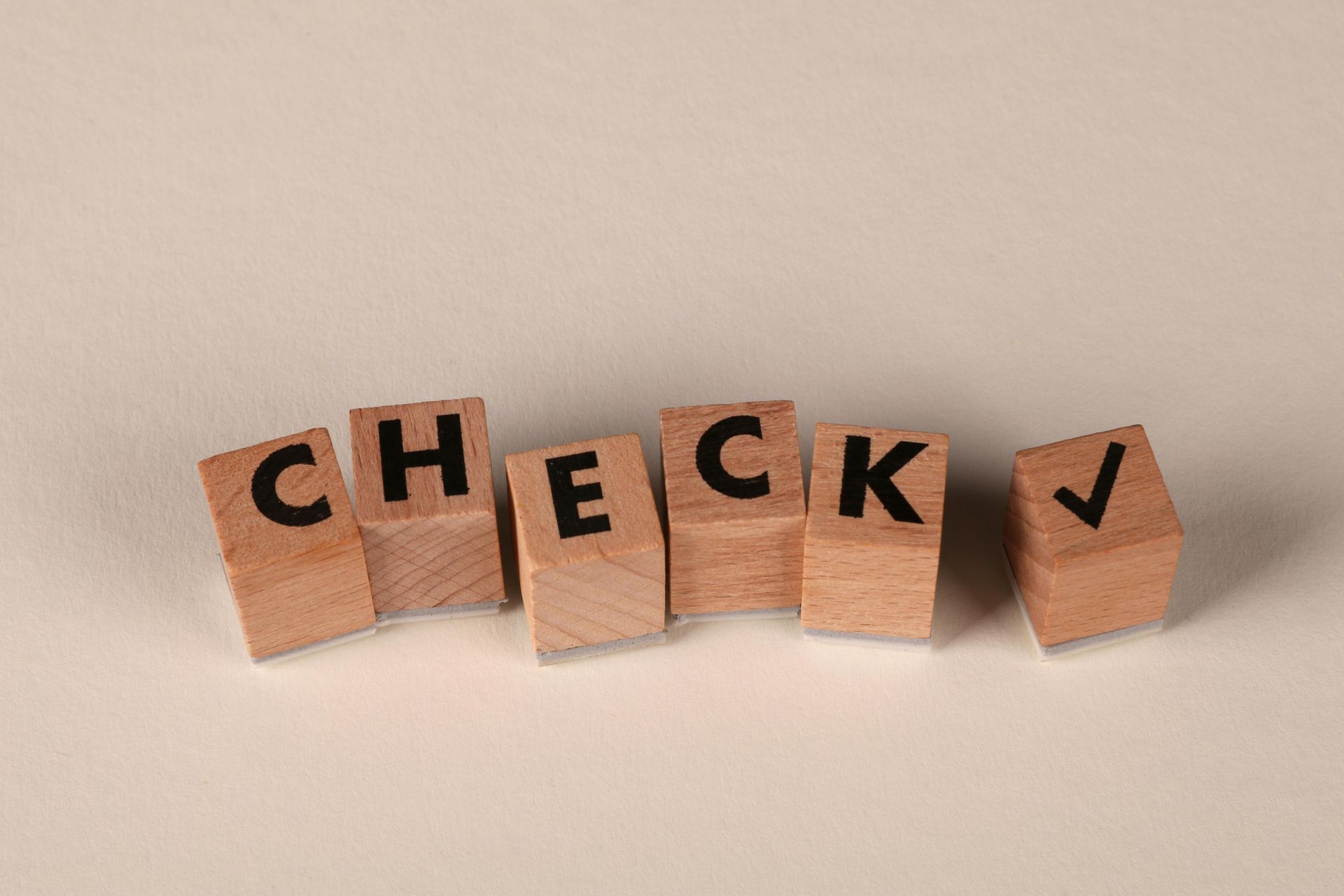An Overview of Discovery in TTAB Proceedings
ATTORNEYS IN DALLAS
Comprehensive understanding of the disclosure requirements and discovery methods applicable to proceedings before the Trademark Trial and Appeal Board.
An Overview of Discovery in TTAB Proceedings
The disclosure requirements outlined in Rule 26 of the Federal Rules of Civil Procedure are applicable to proceedings before the Trademark Trial & Appeal Board (TTAB). In these proceedings, the parties must make initial disclosures, which involve identifying individuals with relevant knowledge to support their claims or defenses, as well as identifying the category and location of documents that may support their case. Additionally, parties must provide information about expert witnesses who will testify during the trial phase, including a written report prepared and signed by the expert. During the pre-trial phase, parties must disclose the identity of witnesses they intend to call, along with a list of topics on which these witnesses will testify and a general list of the types of documents that may be introduced as exhibits during their testimony. The discovery period lasts for 180 days, and if a party fails to make the required disclosures, the Board may exclude that information from the evidence presented.
Parties also have the option to pursue traditional discovery methods, such as depositions, written interrogatories, requests for document production, or requests for admissions. However, these traditional discovery requests must wait until after the initial disclosures have been made. A discovery conference, which can be conducted via telephone and does not require an in-person meeting, must be held no later than the start of the discovery period.
What Is Discussed At A TTAB Discovery Conference
During the discovery conference, the following topics are typically discussed:
(1) the basis of the claims and defenses,
(2) the possibility of settlement or narrowing down the scope of claims and defenses,
(3) the option of seeking mediation, arbitration, or the Board's Accelerated Case Resolution Procedure.
A written report summarizing the conference discussions is not required. The disclosure deadlines can be modified by written agreement between the parties, subject to Board approval. Parties may also file a motion to extend the time or request an Order from the Board to extend the discovery deadlines.
When To Use The Accelerated Case Resolution Procedure
The Accelerated Case Resolution Procedure is recommended if the parties can agree on many facts or if extensive discovery is not needed. By stipulating to this method, the parties allow the Board to resolve material factual issues instead of proceeding to a trial. After the briefs are filed, the Board issues a decision on the merits within fifty days.
- 66(a) Applications
- Abandoning a Trademark Application or Withdrawing a TTAB Proceeding
- Abandonment and Nonuse
- Abbreviations as Trademarks
- Accelerated Case Resolutions
- Acquired Secondary Trademark Meaning
- Amending Trademark Application
- Assigning a Trademark
- Assigning a Trademark and the Intent to Use Application
- Avoiding Fraud on Trademark Applications
- Avoiding Trademark Litigation
- Basis for Filing a Trademark
- Benefits of Registering a Trademark
- Bona Fide Intent to Use
- Celebrity Trademarks
- Challenging the Relatedness Factor
- Challenging Trademark Rights
- Claims in a Notice of Opposition
- Co-Existence Agreements
- Common Law Trademarks in the Internet Era
- Common Law Use and Priority
- Conflicting Marks
- Consent Agreements
- Constructive Use Priority
- Dates of Use
- Defenses in Opposition and Cancellation Proceedings
- Descriptive or Generic Trademarks
- Design Marks
- Design Trademarks
- Determining Trademark Similarities
- Discovery in TTAB Proceedings
- Dividing a Trademark Application
- Drawing Page
- Electronic Display Specimens for Trademarks
- Evidence in TTAB Proceedings
- Evidence of Acquired Distinctiveness
- Expediting Trademark Cancellation for Nonuse or Abandonment
- Extending Time to Oppose
- Factors of a Likelihood of Confusion Analysis
- False Suggestions of Connection
- Famous Trademarks and Likelihood of Confusion and Dilution
- Filing an Opposition or Cancellation Proceedings
- First Sale Doctrine
- Five Years of Use
- Foreign Trademark Rights
- Generic Trademarks
- Geographic Trademarks
- Hiring Trademark Counsel
- Immoral and Scandalous Trademarks
- Incontestability of U.S. Trademarks
- International Trademark Filings
- Joint Trademark Ownership
- Lawful Use of a Trademark in Commerce
- Likelihood of Confusion Analysis
- Likelihood of Confusion Refusal
- Merely Descriptive Trademarks
- Multiple Bases for a Trademark Application
- Overcoming and Ornamentation Trademark Refusal
- Personal Name Trademarks
- Principal and Supplemental Registers
- Protecting Single Creative Works
- Recording Trademark Assignments
- Refusal of a Trademark
- Refusing a Trade Dress Application
- Registering a Certification Trademark
- Registering a Service Mark
- Registering a Trademark That Lacks Inherent Distinctiveness
- Registering an International Trademark
- Relatedness of Goods or Services
- Request for Reconsideration in Trademark Office Action
- Requirements for International Trademark Application
- Revive an Abandoned Trademark Application
- Secondary Meaning
- Source Confusion
- Special Trademark Applications
- Standard Character and Special Format Marks
- Standing in Opposition and Cancellation Proceedings
- State Trademark Registration
- Statement of Use Extensions
- Tacking Doctrine
- Technical Trademark Use
- The Supplemental Register
- Trade Dress
- Trade Dress Application
- Trademark Application
- Trademark Clearance Searches
- Trademark Disclaimers
- Trademark Licensing
- Trademark of Authors, Performing Artists, and Characters
- Trademark Ownership
- Trademark Protection In Texas
- Trademark Settlements
- Trademark Specimens
- Trademark Specimens
- Trademark Use by Related Company
- Trademark Use in Advertising
- Trademark Use in Commerce
- Trademarking a Distinctive Mark
- Trademarking a Hashtag
- Trademarks for Musical Artists
- TTAB Discovery Rules
- TTAB Proceedings
- U.S. Service Mark
- U.S. Trade Dress
- Understanding Trade Channels
- Unitary U.S. Trademark
- Universal Symbols as Trademarks
- Using Secondary Sources
- What is an Ex Parte Appeal?
- Where to Register a Trademark
- Who Must File a Trademark?
Initial Disclosures During A TTAB Trademark Suit
Once the initial disclosures have been served, the parties have an ongoing obligation to update their disclosures if new information becomes available (Federal Rule of Civil Procedure 26(e)). This includes disclosing the names, addresses, and phone numbers of individuals with discoverable information relevant to the case, as well as the subject matter of that information. Additionally, parties must disclose all documents, categorized and located, whether in electronic or hard copy format. However, the actual production of these documents is not required at the time of initial disclosure. Requests for production of documents are made later, following Rule 34 of the Federal Rules of Civil Procedure. Notably, Rules 26(a)(1)(C) and 26(a)(1)(D) do not apply to Board proceedings.
The purpose of pretrial disclosures is to provide advance notice to the opposing party, allowing for trial preparation and preventing unfair surprises. Each witness must be disclosed during the pretrial phase, even if they were previously disclosed during the initial disclosure. Pretrial disclosures must be made at least fifteen days before the start of the testimony period. Written disclosures and disclosed documents generally do not need to be filed with the Board unless specific circumstances apply. If a party does not plan on calling a designated witness to testify, they must state so in the pretrial disclosure.
Reliance On Affidavits During TTAB Trademark Litigation
Under Trademark Rule 2.123(b), 37 CFR § 2.123(b), a written stipulation is required if a witness is expected to testify through an affidavit, and information regarding those providing oral testimony must also be provided. However, notices of reliance that a party intends to file during the testimony period do not need to be disclosed in the pretrial disclosure. It is crucial to closely adhere to the rules during the discovery phase of Board proceedings, as violations can result in the exclusion of evidence from the record, which can significantly prejudice a party's case.
Contact an Experienced Trademark Attorney
If you need legal advice regarding your trademark rights, assistance with trademark prosecution, or representation in a domain name dispute, contact Wilson Whitaker Rynell. Our team of trademark lawyers has extensive experience in all aspects of trademark and copyright law, including the filing of trademark applications and representing clients in defense or prosecution before the Trademark Trial and Appeal Board.
CLIENT MATTERS
5,000+
YEARS OF SERVICE
25+
Award Winning
Recognized in the legal industry as dedicated board-certified lawyers and Rising Stars.
Expert Team
Your project will be handled by legal experts every time. You will have the most experienced attorneys working for you.
Quality Representation











